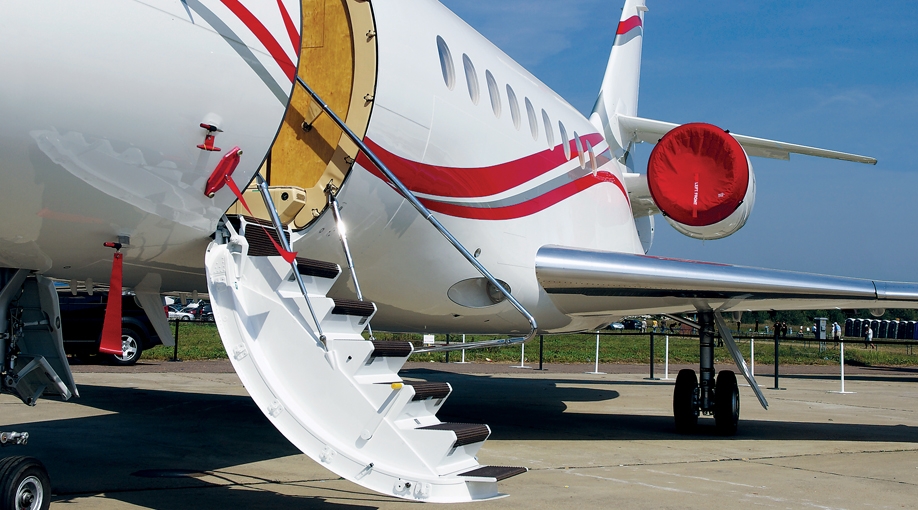
The business aircraft market always has been exceptionally sensitive to both political unrest and economic distress. Despite recent signs of a nascent US recovery, it continues to struggle, with few exceptions, such as the recently introduced Gulfstream G650.
The current resale market bears witness to that struggle. At the end of February 2014, 12.19% of the 10,937 business jets flying today were listed for sale. That’s 2,431 aircraft. The good news? That’s down from 13.5% a year ago, and down from 2009’s near-record high of 18.2%, according to JETNET LLC, a leading aviation data and information service.
Fewer aircraft for sale means fewer choices. That makes access to accurate information about the market for a particular model of aircraft even more critical to executing a successful transaction. Today, select markets still are undergoing corrections, and the difference between asking price and final sales price varies greatly among aircraft makes and models.
For example, recent “pre-owned” Gulfstream G650s are selling for as much as a 10% premium above the original MSRP. From 2009 to 2012, the range between asking and selling price varied from 5% to 15%. Today’s sellers are more realistic, narrowing that gap to shorten negotiations and quickly complete the transaction.
But absent good, empirical data, the unknowing first-time buyer can be vulnerable either to overpaying, or to overlooking the need for popular options — like on-board Internet and cell phone connectivity. While such options may dictate a higher purchase price, they can be critical to preserving the aircraft’s asset value at time of resale, as well as enhancing its utility for business, or marketability for charter.
Accurate data on specific aircraft makes and models are not readily available to the retail buyer. And gathering information from secondary sources is not a reliable way to evaluate a market, let alone make a “buy” decision. Most online aircraft sales venues are not policed, so old or incorrect information often is mixed in with reliable data. Additionally, “sold” data are nonexistent in the public domain and there is no organized “multi-listing” service to which you can turn for comparable information (“comps”).
In order to ascertain fair market value for a specific aircraft, you must know not only what other serial numbers are offered, but their specific attributes as well: year of production; total time and cycles on engines, airframe, and other life-limited components; as well as any service program subscriptions covering the engines or airframe, modifications or enhancements, significant avionic installations, and, of course, the maintenance status.
Once you’ve selected a specific make and model, it is imperative to review transaction history — what have others actually paid for that type of aircraft? Depending on the make/model, you may need to review transactions only for the past three months — or as far back as a full year.
Here’s how access to hard data helped one owner’s resale transaction. In 2012, two owners, one of a Falcon 2000LX and the other of a Citation XLS, found that the other’s aircraft better suited their individual travel needs, and decided to exchange aircraft. Each had some idea of his own aircraft’s value, but not about the other’s. Their initial offers were more than $1,000,000 apart. We were able to provide our client, the Falcon owner, with a wealth of historical transaction data as well as current asking prices for both models. That empirical data provided a sound basis for a price reduction on the XLS, while supporting the Falcon’s price. The owners were able to complete the transaction, each confident that he was getting fair market value for his aircraft, thanks to the ability to reference both actual airplane transaction history and a detailed overview of the current market.
Whether buying or selling a used aircraft, access to timely and accurate market data is a requirement for success. Arm yourself with the best, most current data before entering into the sales arena, and stay attuned to the market status and fluctuations. BAA
Janine K. Iannarelli represents clients worldwide in business aircraft sales and acquisitions, with expertise in cross-border transactions of mid and large-cabin aircraft. With 25+ years’ bizav experience, she is a member of NBAA, EBAA, and WAI.




